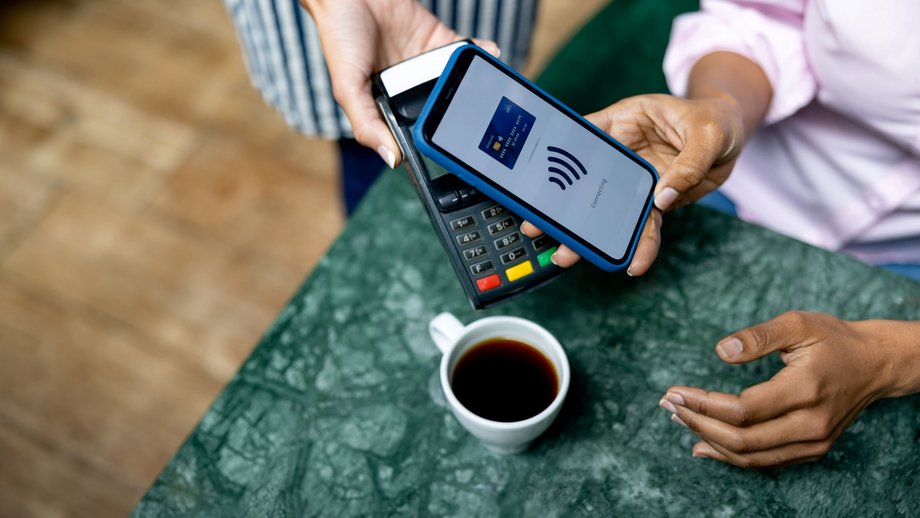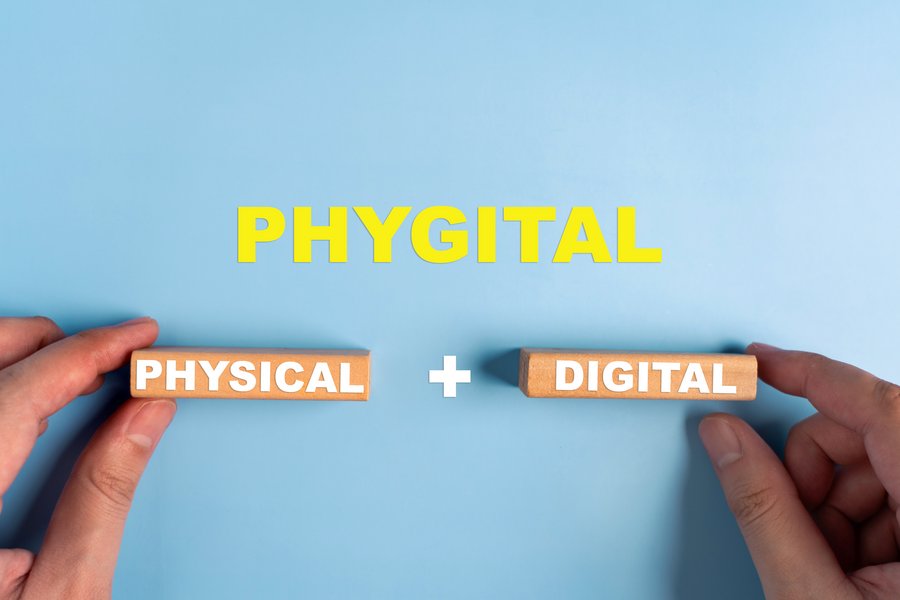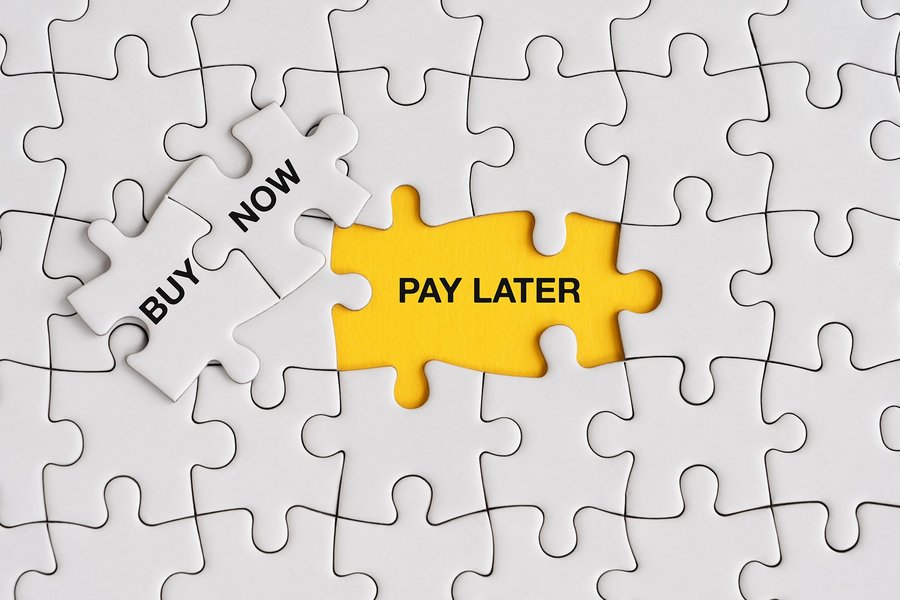The rise of digital payments, particularly mobile wallets and peer-to-peer (P2P) payments, has revolutionized the way we make transactions, expanding the horizon from traditional, physical payment methods to innovative, digital solutions. As technology plays an increasingly larger role in our lives, the lines between the physical and digital realms are blurring to create phygital experiences that permeate many aspects of our daily lives.
Picture the scene: a young couple walks the aisles of a modern supermarket on a Saturday morning, smartphones in hand, doing their weekly grocery shopping. In the fruit and veg aisle, they scan a QR code that takes them to the supermarket’s website, where they can read detailed information about an exotic fruit, complete with pricing and recipe recommendations. Thanks to augmented reality (AR) built into the supermarket’s smartphone app, they are guided directly to the items on their shopping list so they can beat the crowds. Through the same app, they redeem personalized digital coupons, tailored to their shopping history to help keep their shopping bill down. At the checkout, they pay for their goods with a tap of their smartphone wallet, which is linked to their physical payment card, and before they’ve even finished packing their goods, a digital receipt is delivered to their email inbox.
This seamless integration of the digital and physical realms in everyday shopping mirrors the banking and payment industry’s recent move toward phygital. However, traditional banks still face significant challenges in this transition. Adapting legacy systems to the fast-paced digital environment, ensuring data security and privacy in a more connected world, and meeting ever-evolving customer expectations are just a few of the hurdles. These challenges emphasize the urgency for banks to act more quickly.
By combining the speed and efficiency of digital services with the trust and tangibility of physical interactions, phygital solutions offer a broad range of services that provide more comprehensive and seamless experiences in banking. In addition, the hyper-personalization and innovative features available with phygital banking, such as personalized banking advice based on transaction history, align with the modern consumer’s desire for services tailored to their individual needs and lifestyles.





